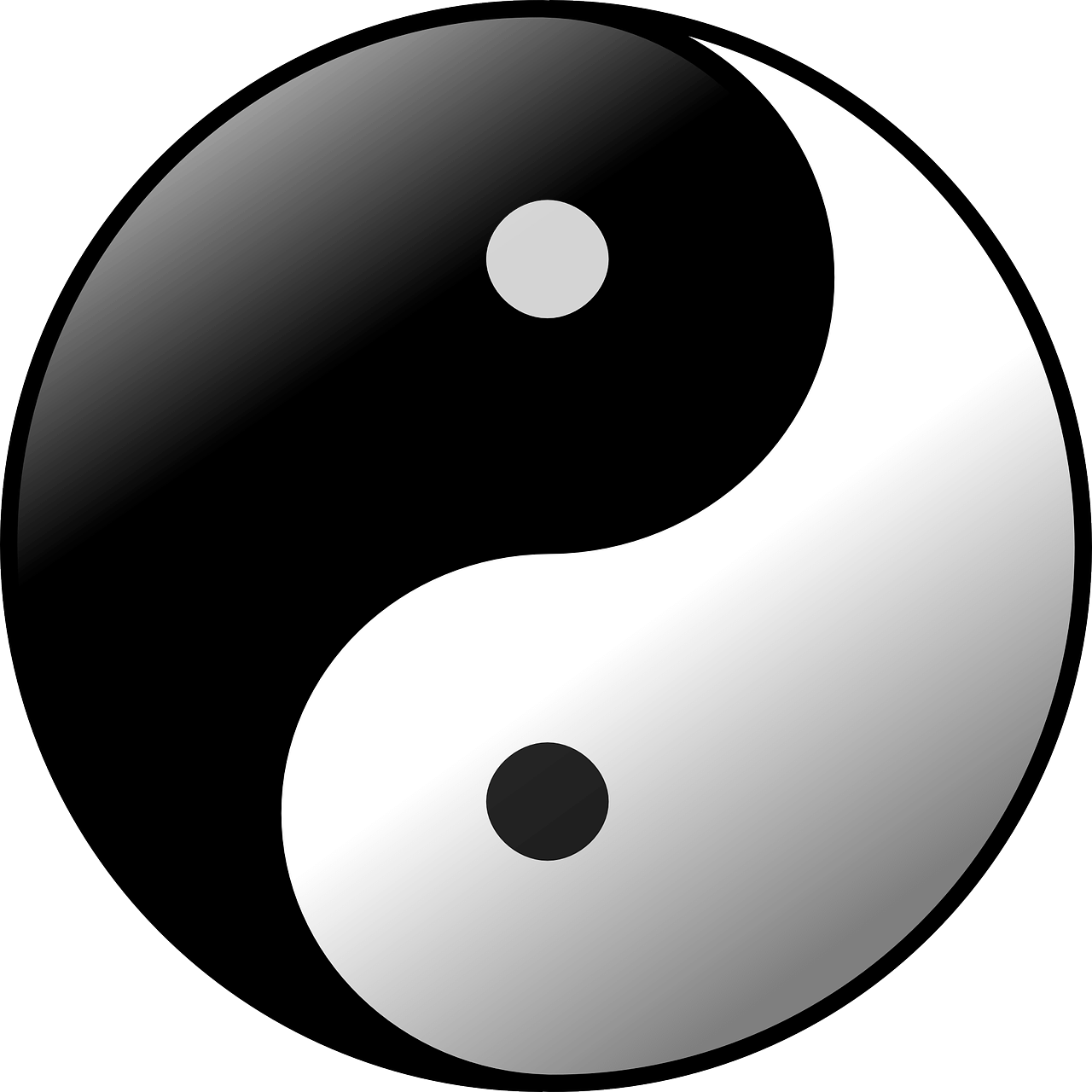
“At the root of Eastern thought seems to be the idea of seeing the formless form and hearing the voiceless voice”. I was greatly moved by this sentence, which was quoted at the beginning of a book on Eastern thought, in the words of the Japanese philosopher Kitaro Nishida.
It is no exaggeration to say that this opening sentence and the book, Laozi’s Tao Te Ching, have changed my life.
Classical Western art is often realistic in its representation of things as they are, whereas Eastern art is often unrealistic. The development of photographic techniques and exchanges with the East may have influenced the development of non-realistic schools in the West, such as Impressionism.
In the field of medicine, Western medicine developed based on what was learned from dissecting corpses, while Eastern medicine developed based on the results of experiments on living body. Both have their advantages and disadvantages, and I believe that a better effect can be achieved by combining them well.
Eastern philosophy was originally deeply connected to religion, and was later inspired by and studied in Western philosophy, which may have systematised it and recognised it as a philosophy. The fundamental difference between the West and the East is that in the East there is no self, whereas in the West the self is first and foremost the self.
The concept of chakras is a typically oriental concept, certrainly formless form and difficult for many people to experience and understand. Therefore, I often explain poses through anatomy, which is a Western perspective that is easier for many people to understand. I believe that by deepening the practice, the formless form will eventually become visible for them.
In many things, by looking at them from completely different perspectives, they may complement each other and allow for deeper development and understanding.

0 Comments